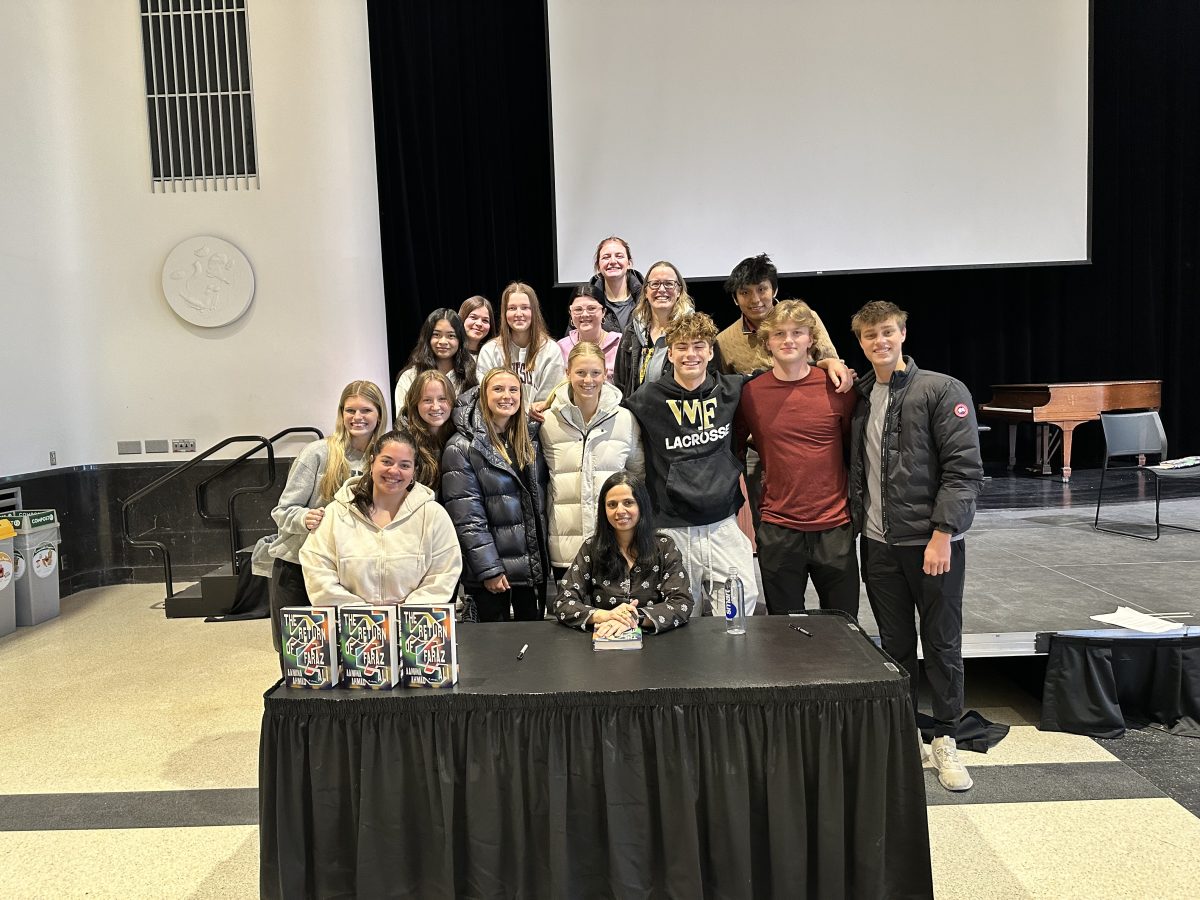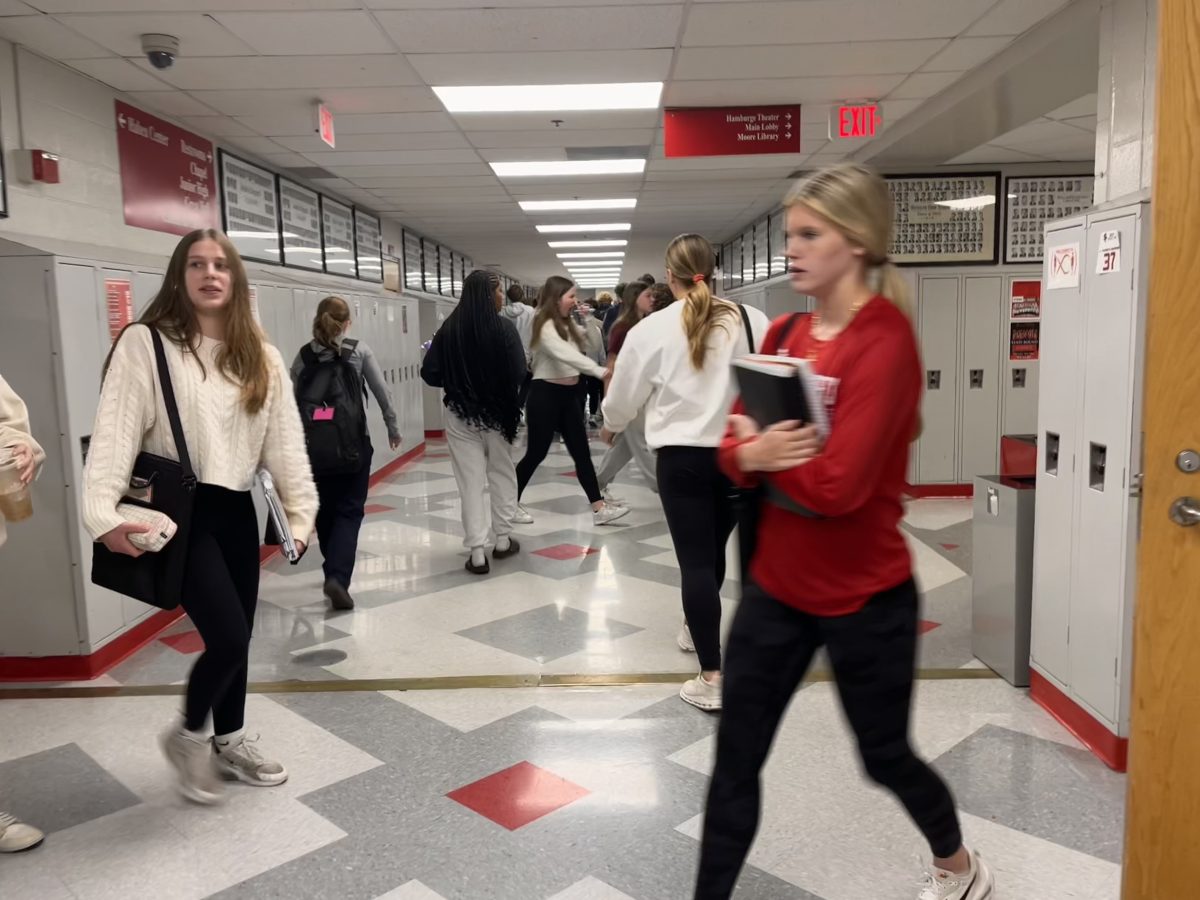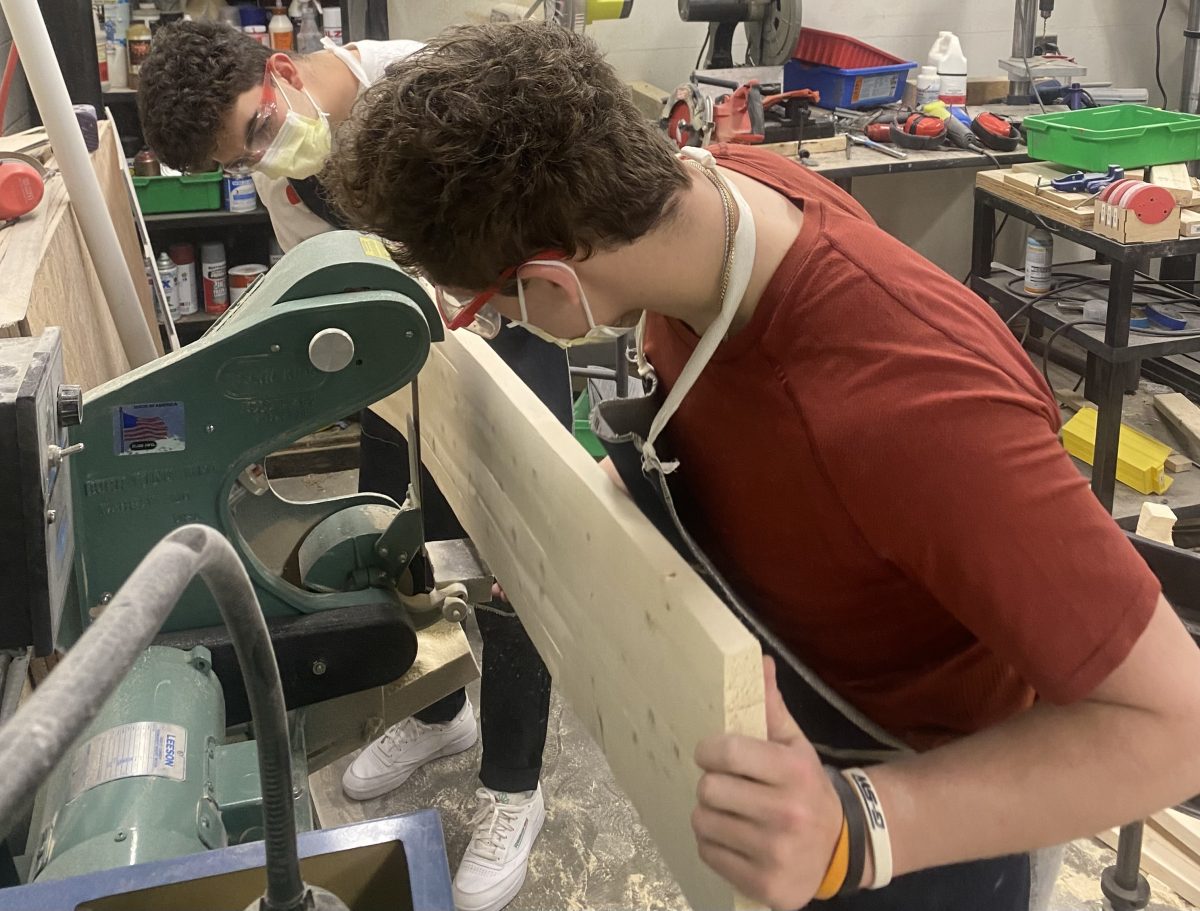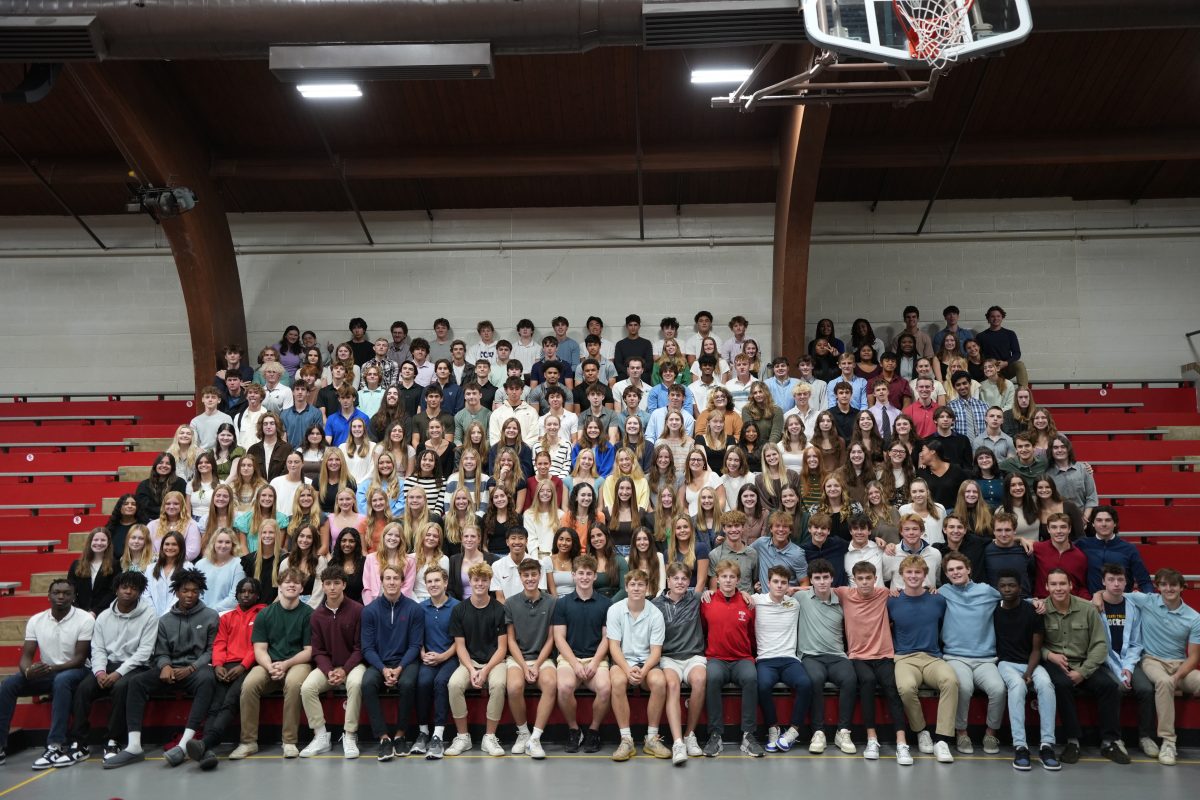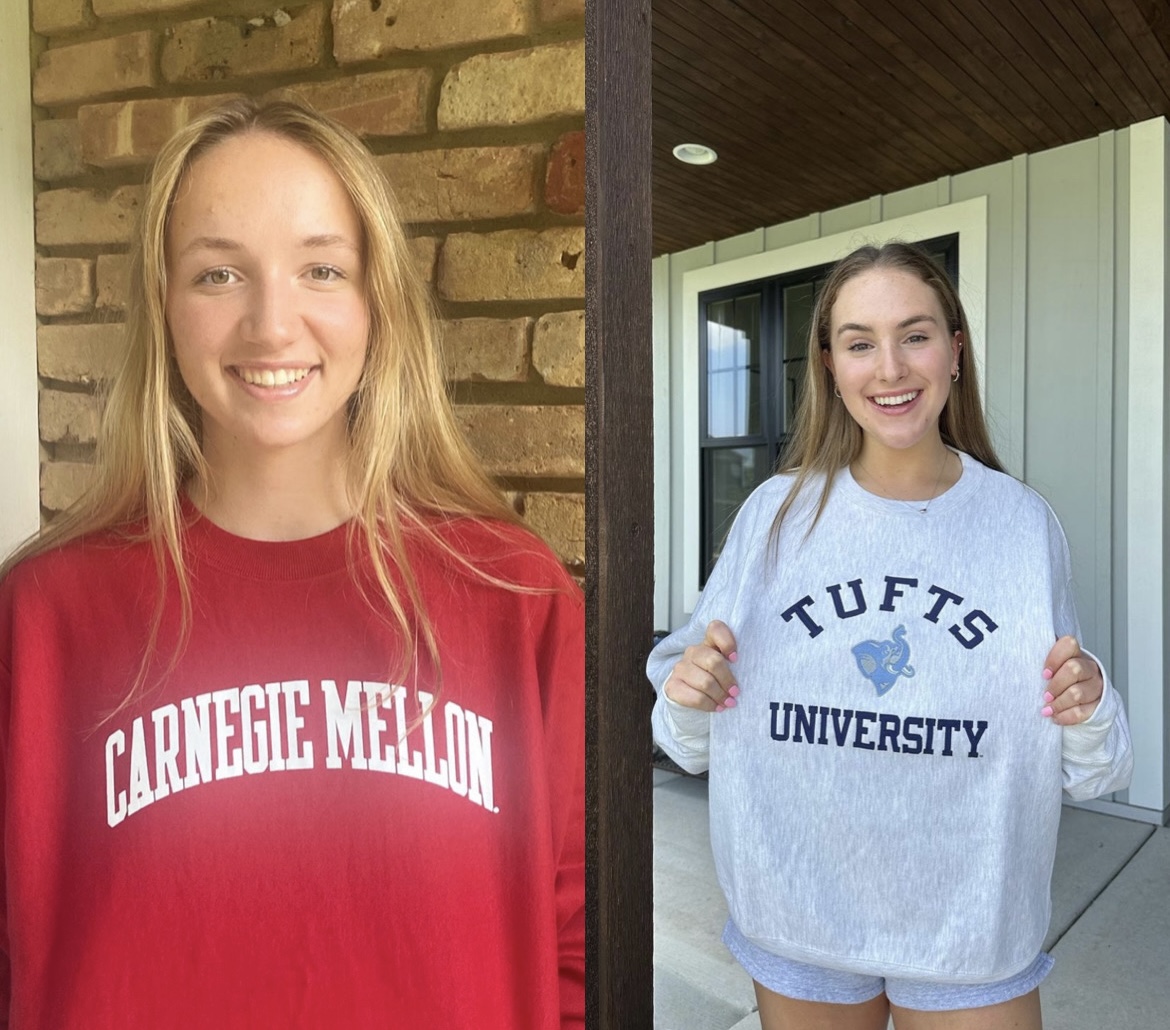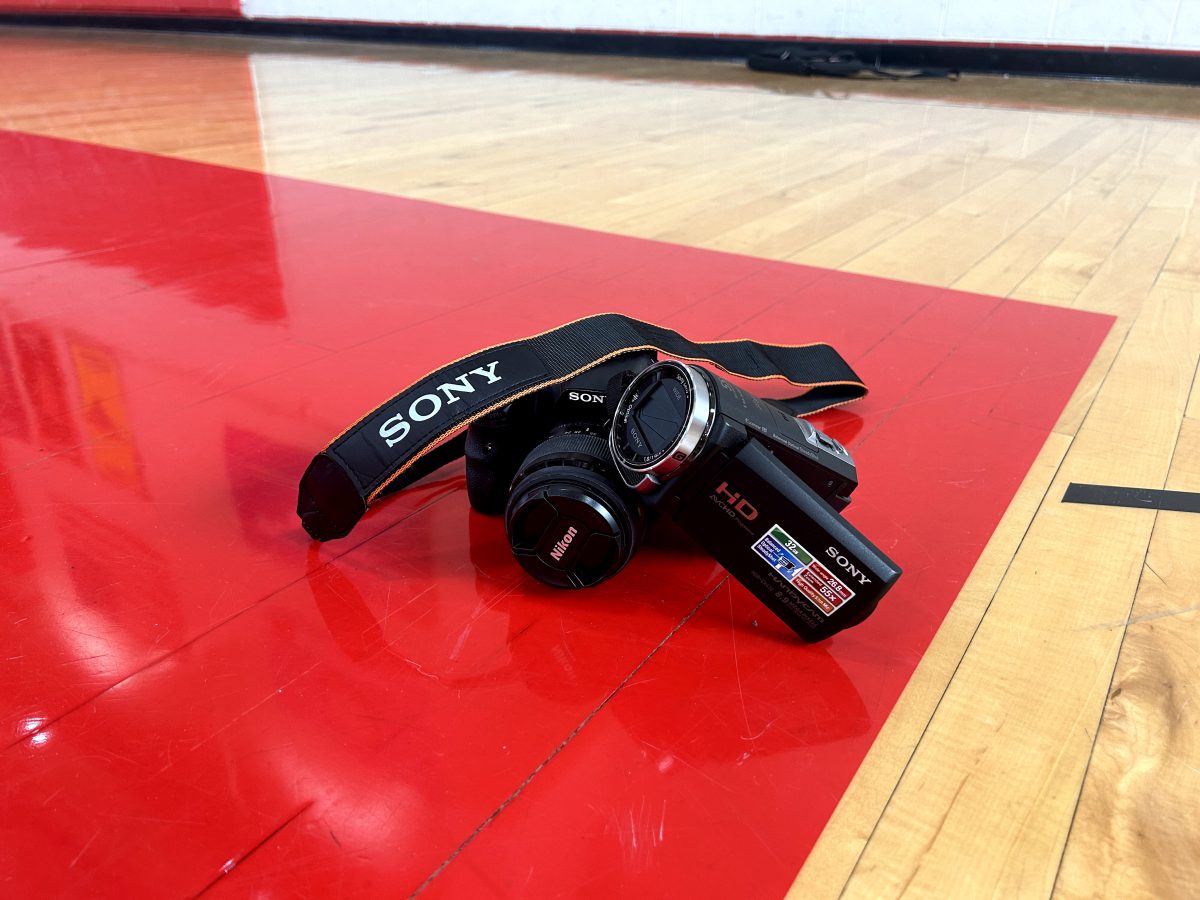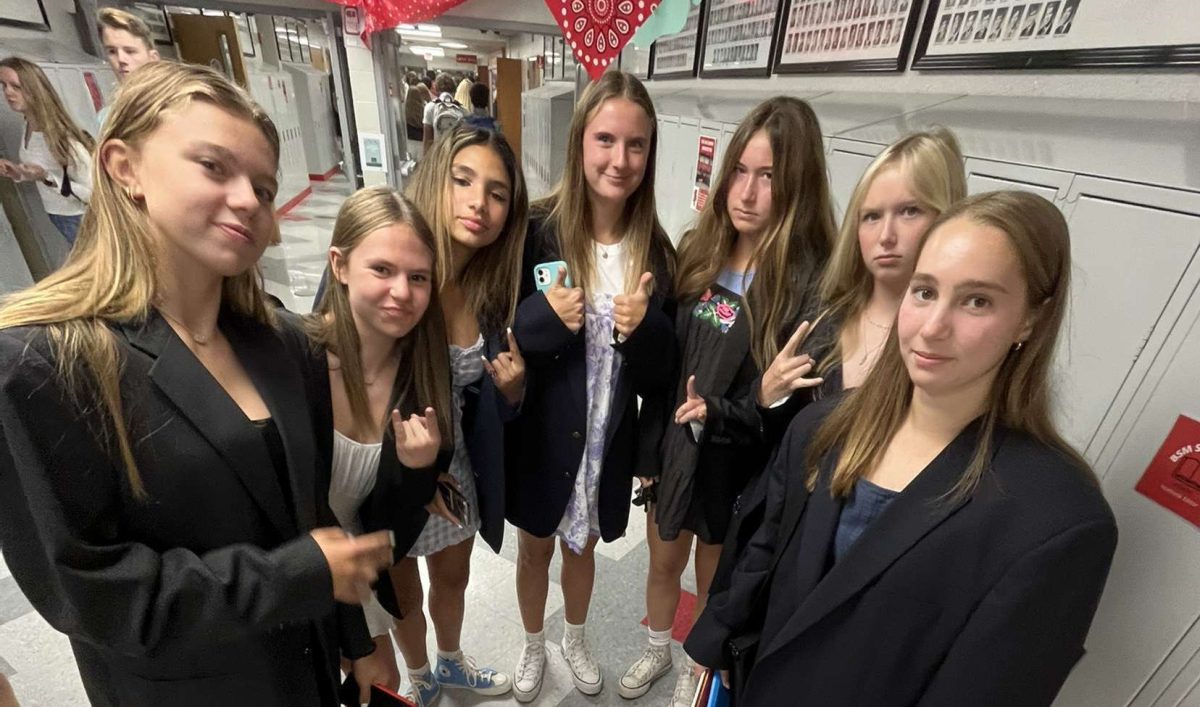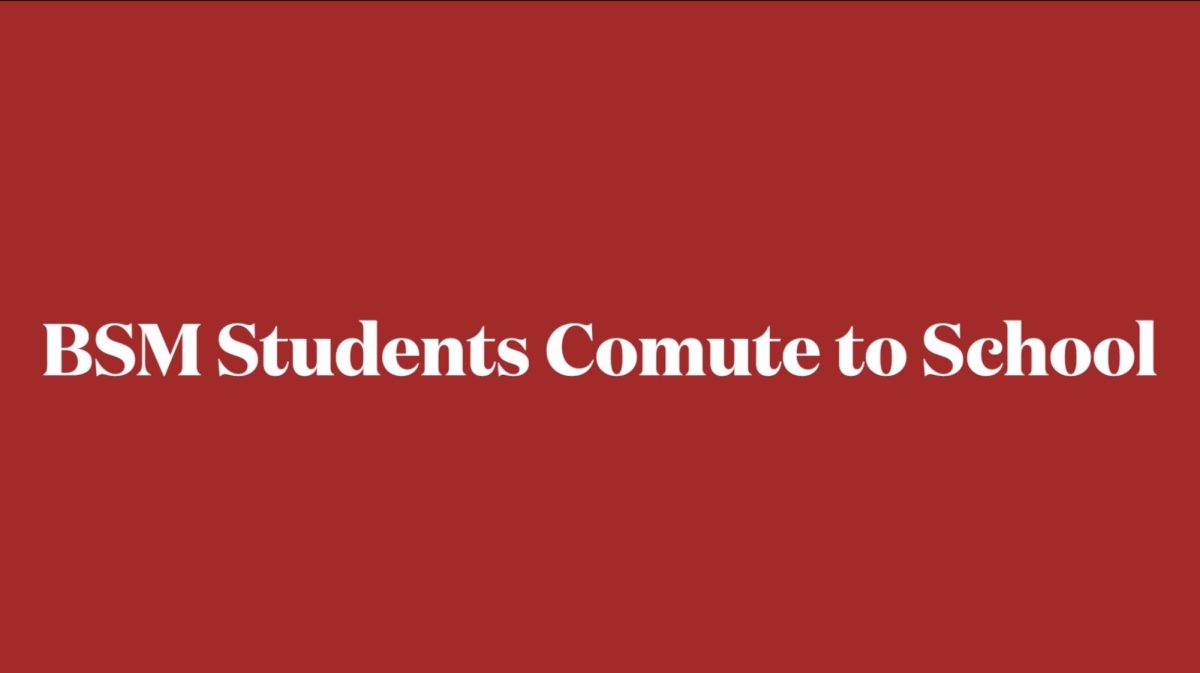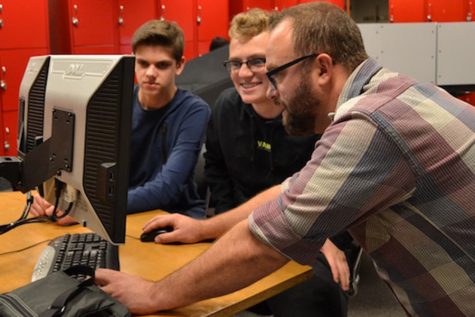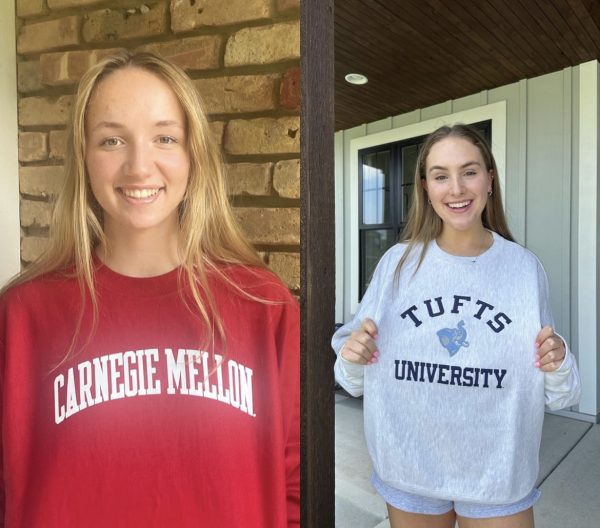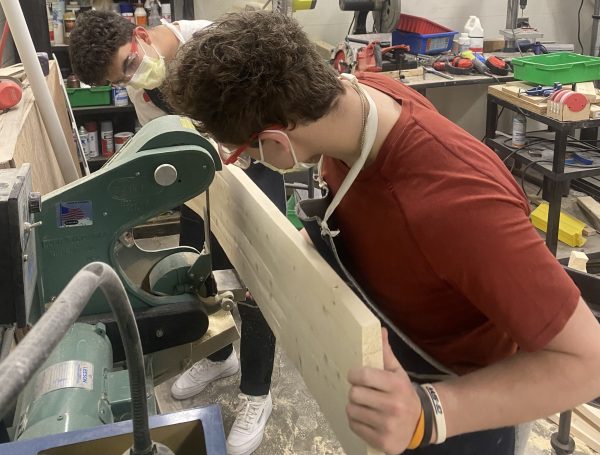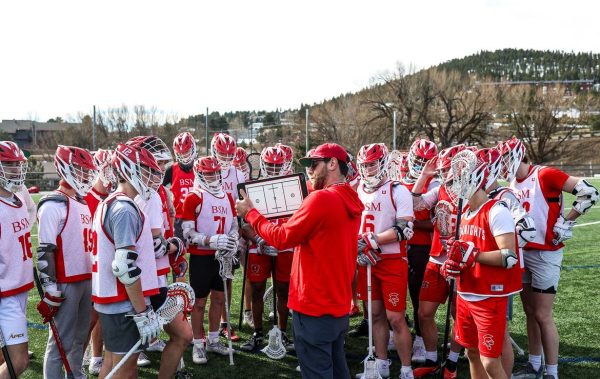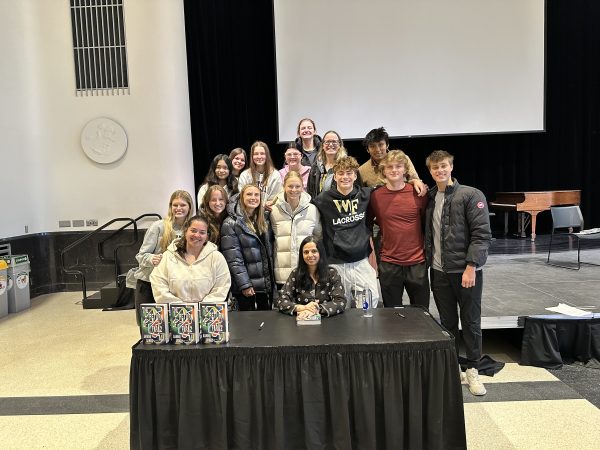BSM engineering department uses new technology with 3D printer
The BSM engineering department received a new 3D printer from the company Stacker. The printer was donated by two BSM alumni, John Cich and Mark Ryan, who are investors at Stacker, a relatively new company.
“[Stacker] wants to get into schools because they figured it’s a good marketing plan for them to start it in schools, that way kids will remember the name later on in life. They figured that one way to get into schools was to donate to a school that would use one, and they contacted me totally out of the blue; I wasn’t expecting it at all,” engineering teacher Ms. Kristen Hoogenakker said.
Hoogenakker believes that the new printer will enhance the quality of the products that students make. “There are support materials that get printed with all of [the different] parts…but if you can start designing pieces that can build off of each other without needing that support, then you are going to have a better piece in the end,” Hoogenakker said.
The engineering department already has a 3D printer, but it only will print with Acrylonitrile-Butadiene-Styrene (ABS) plastic. This plastic is a relatively fragile material; it must be in a heated container while printing in order to maintain its structural integrity. “[ABS is] really easy to break, and the layers don’t actually melt together very well. With the ability to use different laments, we can make stronger robots,” Hoogenakker said.
Another benefit of receiving this printer is that it could also be used by the art department, specifically for next year’s new 3D Make it and Design class. “We can do prints with bronze, steel, and aluminum, so it’s like this alloy that has metal in it, and the art department can then sand it down [and use it],” Hoogenakker said.
With technology constantly evolving, the new 3D printer will keep the engineering department technologically ahead of most engineering programs at other schools. “A lot of other schools say, ‘Well, we have a 3D printer,’ but it might just be a MakerBot, which are really small and they don’t make very nice pieces… [Receiving the new printer] is just staying ahead of the curve technologically, and it gives students a lot more freedom in controlling how they’re printing parts, which I think is awesome,” Hoogenakker said.


